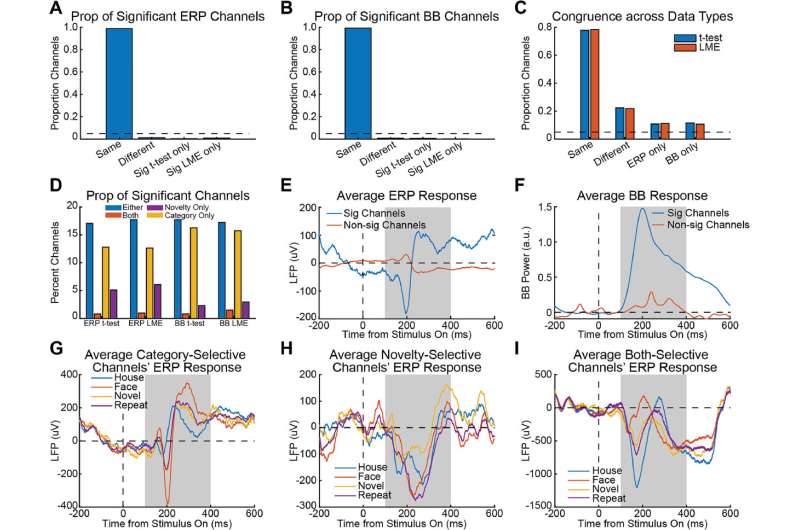This article has been reviewed according to Science X's editorial process and policies. Editors have highlighted the following attributes while ensuring the content's credibility:
fact-checked
peer-reviewed publication
trusted source
proofread
Researchers introduce enhanced brain signal analysis technique

University of Minnesota Medical School researchers have introduced a new, refined method for analyzing brain signals, enhancing our understanding of brain functionality. This research has the potential to improve treatments for neurological conditions such as Parkinson's disease, pain, epilepsy and depression. The findings were recently published in NeuroImage.
"This breakthrough provides a more detailed understanding of the brain's complex activity, akin to upgrading from a basic telescope to a sophisticated space observatory," said David Darrow, MD, MPH, an assistant professor at the U of M Medical School, a neurosurgeon with M Health Fairview and senior author. "This innovation could impact various aspects of everyday life—from education and mental health to artificial intelligence, paving the way for future technological advancements and a deeper understanding of human cognition."
One of the key findings of this research is the enhanced ability to analyze direct brain recordings—meaning scientists can now better understand how brain activity correlates to different tasks and behaviors. Additionally, this method allows researchers to directly extract patterns of brain activity over time, revealing how different brain areas process stimuli during tasks such as image identification.
"This research represents a significant advance in our ability to analyze neural signals. It opens up new possibilities for understanding the complex dynamics of the human brain, paving the way for future discoveries in neuroscience," said Alexander Herman, MD, Ph.D., an assistant professor of psychiatry at the University of Minnesota Medical School, attending psychiatrist with M Health Fairview and co-senior author.
The research team is working on the next iteration of the platform, which will allow them to decode brain signals and apply strategies for integrating them into medical devices and new treatments.
More information: Seth D König et al, Flexible multi-step hypothesis testing of human ECoG data using cluster-based permutation tests with GLMEs, NeuroImage (2024). DOI: 10.1016/j.neuroimage.2024.120557

















